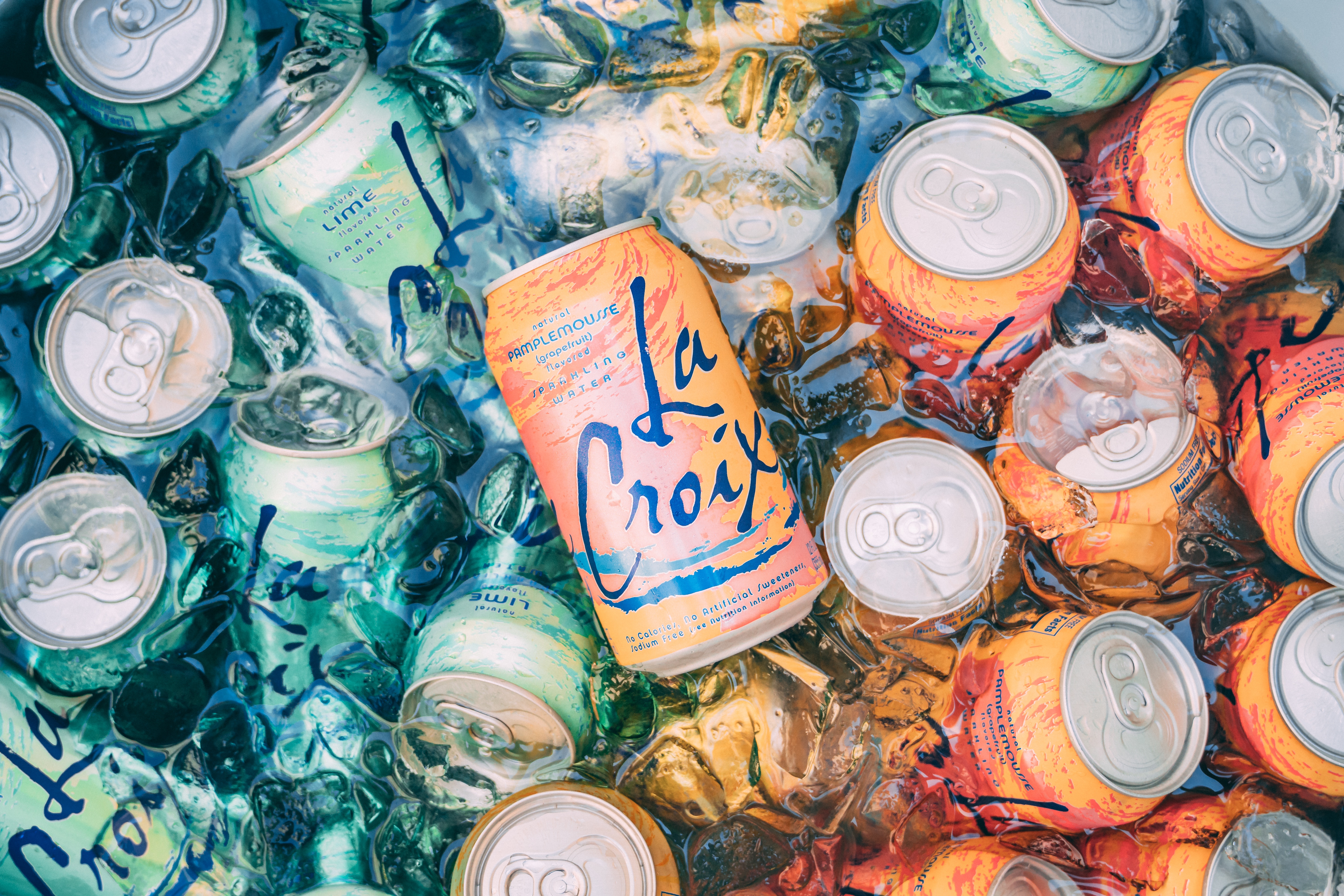A Cooling Agent
Removal of heat requires the presence of a colder substance because heat flows only from warmer bodies to colder bodies. For example, hot coffee always cools (and slightly heats the surrounding air). Heat transfer occurs when we place the warmer substance we wish to cool near a cooler refrigerant. A refrigerant is a cooling agent.
A simple example is the cooling of a warm can of drink in a bucket of ice. The ice acts as a refrigerant. It absorbs heat and starts to melt as it comes in contact with the can, which in turn cools the drink!

Making refrigeration work
Refrigeration engineers exploit the property of latent heat whenever possible. Latent heat is the heat (or energy) required to convert a solid into a liquid or vapour, or a liquid into a vapour, without change of temperature.
Different materials have different latent heats. They require different amounts of energy to change state between solid, liquid and gas.
When a substance changes from one state to another, the temperature remains constant. For example, when heat energy is added to ice at its melting point it changes into the same mass of water at the same temperature.
To change a solid into a liquid, or a liquid into a gas, requires heat energy. This heat energy allows the change of state to happen, and the temperature remains constant during the process.
The amount of energy required to change the state of a substance depends upon the mass and characteristics of that substance. The energy required to change the state of a material is known as the latent heat.
Find out more about specific latent heat with this video: